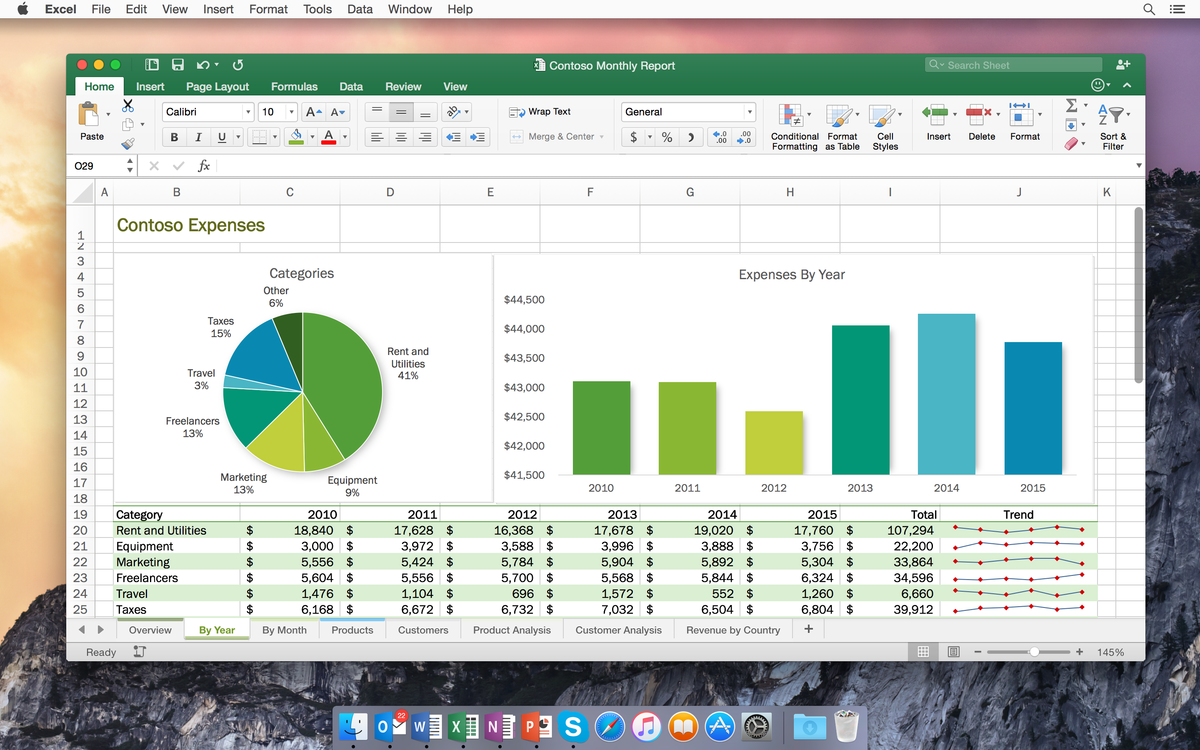Key differences between Agile, Scrum and Kanban (and how to use it in marketing)

You may have heard words like Agile, Scrum and Kanban – something on efficient and productive. If we implement them, productivity will increase a hundredfold, deadlines will stop being missed, all interactions will be transparent, and the rye will grow. Before implementing any system in your work, you need to understand what it’s all about and how it works.
The most popular Agile methodologies, Scrum and Kanban, offer their own unique approaches to project and task management. In this article, let’s look at the key differences between Scrum and Kanban and how they can be applied to marketing.
Agile
Agile is originally a software development philosophy that involves agile and iterative project execution, but it is also used in other areas, such as marketing.
The essence of the method is that processes are broken down into small periods of time to make work as flexible as possible. Agile methodology prioritises breaking down a large task into smaller subtasks with clear and precise goals.
In marketing, Agile can be useful for improving communication within the team, project management and responding quickly to changes in customer needs. In marketing, where campaign results cannot be accurately predicted, the methodology has caught on particularly well due to its flexibility.
The agile methodology is not just a method, it is a philosophy. The Agile Manifesto includes 4 values and 12 principles.
The values put people, product, collaboration with the customer and willingness to change above documents, approvals, tools and following the original plan.
The principles are customer satisfaction, flexibility and willingness to change, emphasis on daily collaboration, employee motivation and a steady pace that should lead to a working product, minimisation of unnecessary work and technical excellence.
The agile methodology proposes to achieve this through team self-organisation and constant analysis of opportunities to improve the working style.
The overall goals of Agile are fast delivery of the product to the customer, flexible adaptation to change, efficient use of resources and increased customer and development team satisfaction.
Each iteration in agile has a specific set of tasks that the team completes over a period of time, usually one to four weeks. After each iteration is completed, the team receives feedback from the customer and adjusts plans based on the results and requests.
Agile marketing is organised according to the same principles – its essence is constant experimentation, analysing its results and working in iterations. It has its own manifesto, which is similar to the original one, but differs in details. For example, like the original manifesto, it emphasises results and a willingness to change. The difference is that agile marketing believes that business results in the end are more important than milestones, and frequent goal achievement is more important than perfection.
Scrum and Kanban are not separate methods, but variations of Agile. Depending on the needs of the customer and the team, one of them can be chosen.
Scrum
Scrum is one of the most popular Agile methodologies that is used to manage iterative projects.
The scrum methodology is based on a set of roles, events and artefacts that enable a team to organise and execute work effectively. A key principle of Scrum is to work within tasks in specific time intervals called “sprints”.
Scrum is based on the OODA principle used in military aviation – observe, orient, decide and act.
A large task, let’s say a new website design, is divided into time-split subtasks, or sprints. The duration of one scrum sprint is from a week to a month. It’s this kind of timeframe that helps keep things flexible, but without drowning in organisational meetings.
In marketing, Scrum can be useful for planning and launching campaigns, managing content and enhancing team collaboration.
For example, a meeting decides that a new campaign needs to be launched in a month. The first week – sketching ideas, brainstorming and agreeing on a rough budget. The second week – edits, refinements, drawing materials and writing texts. The third week – final polishing and launch, and on the fourth week an analyst joins the project.
An example of how scrum can be used in marketing:
- Product Backlog: Create a list of requirements and projects related to an advertising campaign in the form of a product backlog. For example, market research, developing creative concepts and setting up advertising channels.
- Sprint Planning: Select tasks from the product backlog to be completed in a single sprint, which can last, for example, two weeks – market research.
- Sprint Work: The team focuses on completing the selected tasks during the sprint. Daily meetings (Daily Scrums) help to track progress and discuss issues that arise, but most teams eventually move to weekly meetings.
- Sprint Evaluation: At the end of the sprint, a review of the work done is conducted, results are evaluated and next steps are discussed.
With scrum, all employees know when the deadlines are, what their roles are in the current project and can manage the workload. Scrum sets strict timelines for short periods, which helps to stay on track and issue small changes to the product on a regular basis. Scrum master or product owner monitors the tasks and their quality.
Scrum is suitable for situations where you have a clear goal with strict deadlines, for example, you need to attend a conference in two months.
We divide two months into eight sprints of one week each, meet weekly, compile and check the roadmap. In the end, deadlines are not missed, everything you need is done and you can go.
Kanban
Kanban is a workflow management system based on the visualisation of workflow using a special board that displays tasks and their current status.
The Kanban board consists of divided columns that represent stages of completion, e.g. “Waiting”, “In Progress” and “Completed”. When a card moves to the next stage, it moves accordingly on the board.
Kanban helps to identify bottle necks in the process and continuously optimise it to avoid delays. In marketing, Kanban can be useful for managing the content creation process, planning market research and tracking the progress of projects.
The Kanban system is based on several key principles. Firstly, it focuses on improving workflow and achieving an even flow of tasks. This is achieved by limiting the number of tasks that can be in work at the same time and the acceptable size of each task. Secondly, Kanban implies software controllability of work flow. All information about projects and their status is available on the kanban board, allowing all participants in the process to be aware of the current state of affairs. Thirdly, kanban provides continuous feedback and continuous improvement of work, as anyone involved can see the problems and obstacles encountered at each stage.
The kanban system can be used physically with a board and cards, but it is more convenient to do it electronically with online kanban boards. When using an online board, all participants can work with it remotely, which is especially important in the case of distributed teams or mismatched schedules.
In summary, Kanban is a workflow management tool that helps to visualise work flow, increase productivity and achieve an even flow of tasks. Its flexibility and ease of use make Kanban a powerful tool that helps teams achieve their goals.
Kanban tools include the Kanban board itself, cards that move through the steps on the board, and metrics and graphs that display process information. An online Kanban board or task tracker allows a team to work on projects remotely and conveniently track progress.
How to use it in marketing:
- Task List: Visualise tasks related to content creation on a Kanban board. For example, writing an article, preparing graphics, and spell checking.
- Stages: Create columns to reflect the different stages of content work, such as Pending, In Process, Checking, and Finished.
- Moving Tasks: Move cards around columns to display the current status of work on them. For example, when content is in the process of being written, it moves to the “In Progress” column.
Kanban is a way to build processes that works for creative teams where tasks are constantly changing and you need to adjust to circumstances all the time.
For example, right now I’m using several kanban boards for copywriting. It’s a flexible process with lots of individual tasks (cards), to each of which the customer leaves edits. Plus in these cards I load images for articles and boring data like uniqueness and text cleanliness. As a result, I can immediately see my workload on all projects and understand when I can calmly make plans for the evening, and when I have to sit up until night.
Kanban vs scrum
The difference between Kanban and Scrum is the approach to workflow management. While Scrum offers fixed iterations of work called sprints, Kanban does not have such strict time frames. Kanban places more emphasis on an even flow of work and supports flexibility in planning and executing tasks.
Scrum – we need to get A, B and C done by 20 April. Kanban – John has to do A, Jack does B and Olga does C, everyone has individual deadlines.
In kanban, new shuffles can be added and changed several times a day, while scrum involves one-time production. Scrum works on iterations and sprints, while kanban works on projects that need to be finished.
In marketing, each of these methodologies has its advantages and can be applied depending on the specific needs of the company. Scrum is about projects, kanban is about processes. Some teams apply both techniques at once, but it’s easier to start by implementing one.
Whatever you choose, it’s important to understand – using Agile principles allows you to be more flexible and adapt to change, as well as track project progress. If you’re tempted to try kanban, start with the MOGU Task Tracker. It’s intuitive and easy to implement into your work.



